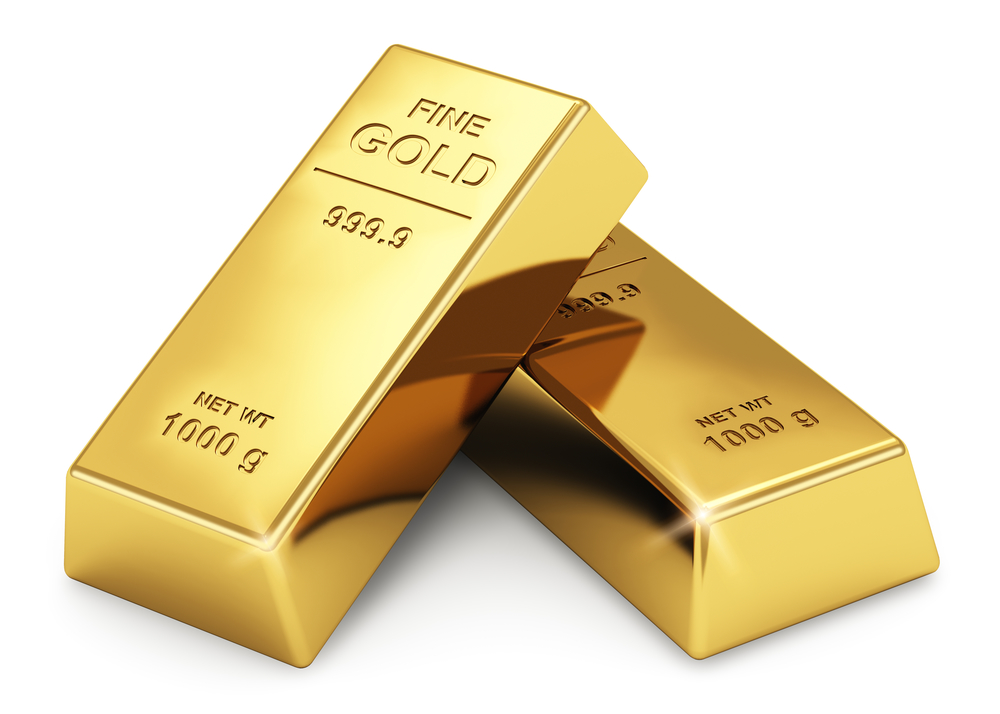Uber or gold, which do you pick?
While I’m no gold bug, I wouldn’t blame you for picking the latter. I believe buying physical gold is speculative and misguided.
I mean, at what price do you know gold is good value? How can you tell if a lump of yellow metal is under or overvalued?
In my eyes, it all comes down to what you believe others will do. Most investors buy physical gold because they think other people will buy it, not because it’s good value.
But speculating on gold is probably a better option than piling into a company going bust!
Wait, what?! Uber is going bust?
I could see it happening. Even though this company is everywhere, they still fail to comfortably remain in the black. It’s because they spend billions to subsidise rides to keep them cheap. And it might be like this for years to come.
Management said in their S-1 filing (the filing for a plan to go public) that they expect operating expenses to ‘increase significantly in the foreseeable future’ and they ‘may not achieve profitability’.
So why would anyone consider buying this stock?
Oh, I know why. On the off-chance Uber does make it, they want to be the ones who can brag about it later. The only way that happens though, is if some greater fool comes along and pays an even higher price than you did.
So, maybe gold is the smarter buy…
Where to turn when nothing looks certain
At the Grant’s 2019 New York Conference, many attendees seemed to think so.
Most of the prominent speakers expected dark days ahead, Jim Grant included. They saw the usual problems: ineffectual monetary policy, rampant money printing, too much debt, high asset prices.
The biggest fear for Russell Napier, a macro advisor to money managers, was an imploding China. Russell kicked us off at 9am, by saying something I had never considered before.
China’s ability to create money is not under their control, he told us.
‘The People’s Bank of China is not ultimately in control of the printing presses because it targets its exchange rate,’ Russell said. That’s because China has pegged their exchange rate to the US dollar.
As it currently stands, China uses a whole lot of US dollars and debt as reserve assets. These are safe assets which back newly created money that China pumps into their economy. But these ‘safe assets’ only come China’s way when they export a whole lot of goods (which is another reason why they’ve pegged their currency).
With a surplus in their current account (the net transfer of cash), China can print money to their heart’s content. But with declining foreign exchange reserves (US dollars), they have a limited ability to print more yuan.
And when that account goes negative, it’s not a good sign for China.
Maybe the graphs below will give you a better idea of the relationship. When China’s foreign reserve assets fall, so too does the quantity of money (M2) they pump into their system.
[openx slug=inpost]Now, this might not be that much of a problem. China might just have to grow much more slowly for a few years until those reserve assets build up.
But China has a problem many other nations share. Their debt-to-GDP is humongous. It’s close to 300%…
So, without the ability to turn the money printers on at will, China may be heading for a dramatic collapse. And it might only be then that China floats their exchange rate and takes back control of the money printing press.
Yet another reason to buy gold in the interim?
Maybe. Maybe that was why Grant brought in two art experts.
Things are getting turbulent. Something could trigger the next GFC 2.0 at any moment. Why not expose attendees to a new type of safe haven to guard against what might be coming?
Yet while pens were furiously taking notes on art, I found myself far more interested in what John Hughes, founder of Quantum Capital Management, had to say.
It might have been the Buffett quote he started with that turned some attendees off…
‘Leaving the question of price aside, the best business to own is one that over an extended period can employ large amounts of incremental capital at very high rates of return.’
Warren Buffett, 1992 shareholders letter
Or maybe some people prefer complex (art) to simple (good, cheap businesses). Yeah, yeah. It’s great to quote Buffett and all, but how does that make you any money?
Well, John showed us how.
And now, I’m going to show you…
Simple is often best
Take a look at this stock chart:
What kind of company do you think it belongs too? Would you be surprised to know it’s a US home builder?
This chart belongs to NVR Inc and it was John’s first idea.
While John likely spent months researching NVR, he only had about 30 minutes to sell us on the stock. Maybe that was another reason I didn’t hear too many pens scratching while John was speaking.
But the reasons that John bought NVR, or any other stock, are simple.
It’s a good business with higher operating margins than their peers. They are far more efficient at using their assets and capital. They avoid big losses by buying options on land, rather than speculative buying and development.
They also don’t stretch themselves too thin. They concentrate on a few states of America, where their distribution system of building products and knowledge allow them to be the #1 or #2 home builder of that market.
All of these things mean steady earnings and cash flow year after year. And what does management do with all this excess?
They buy back stock. From 1999 to present, NVR’s share count is down 67%, increasing earnings attributable to each share by more than 100%.
Still think gold is the best investment out there?
Your friend,
Harje Ronngard
